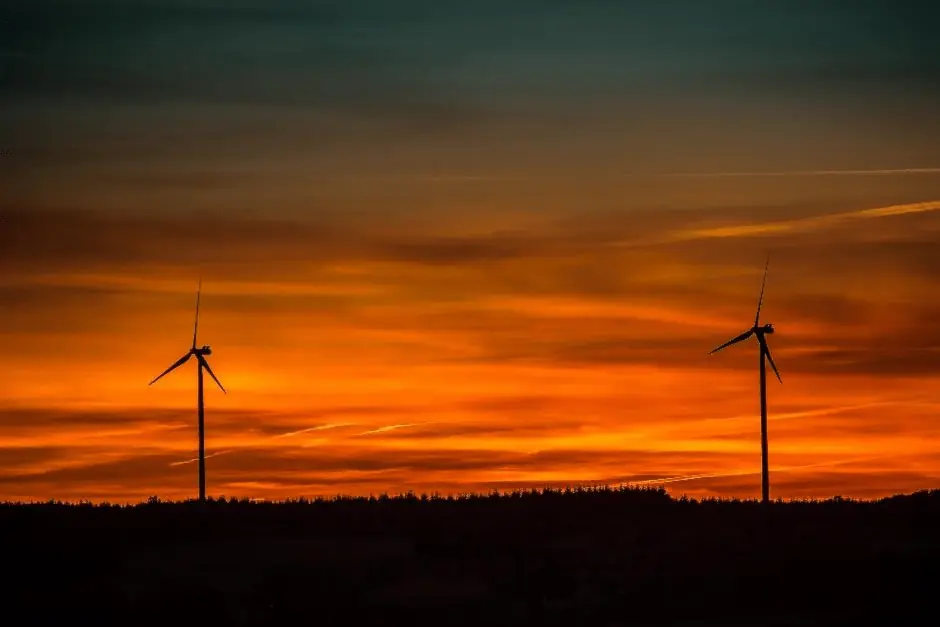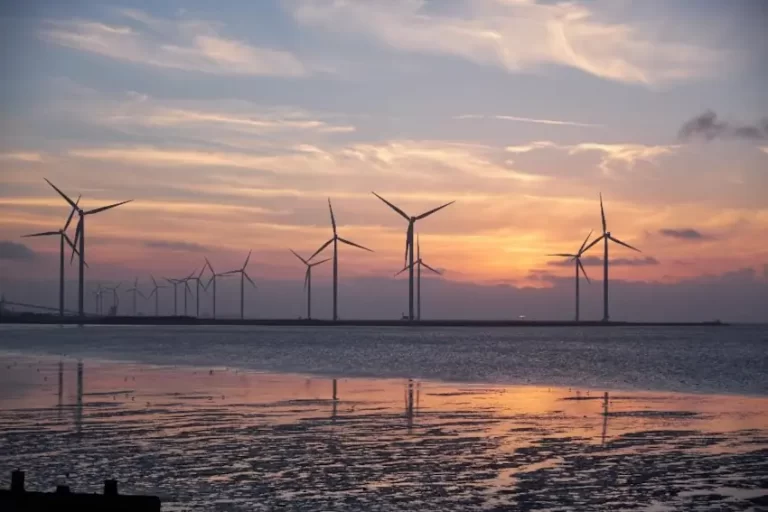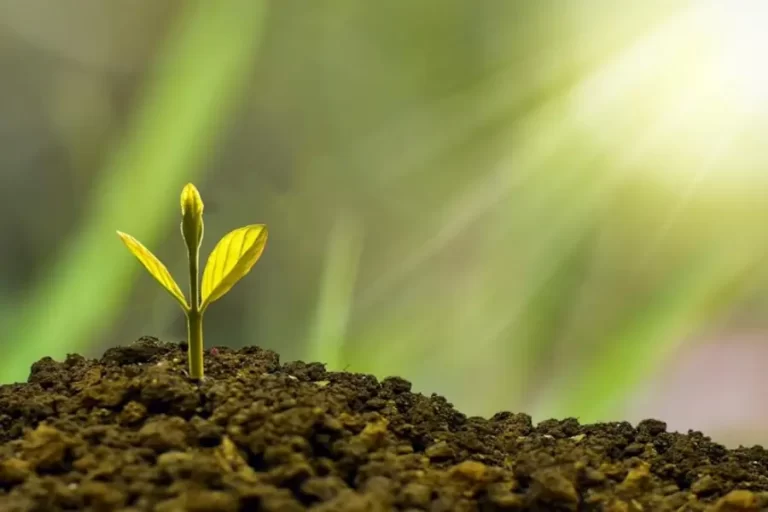7 Green Energy Sources in a Sustainable Future
A range of green energy sources will prove pivotal to our future sustainability. Here we’ll explain what these key sources are, how they work, and the role they play.
We’ll also cover how these sources will need to work together. None of them will stand as a sustainable solution on there own. When blended together they can produce great solutions to overcoming fossil fuel dependency.
Lets get started!
Wind
How it Works:
Wind pressure rotates wind turbines. This rotation leads to the spinning of a generator that creates electricity. Turbines are placed in exposed areas, where wind speeds are high and more consistent, such as open spaces on land, or offshore.
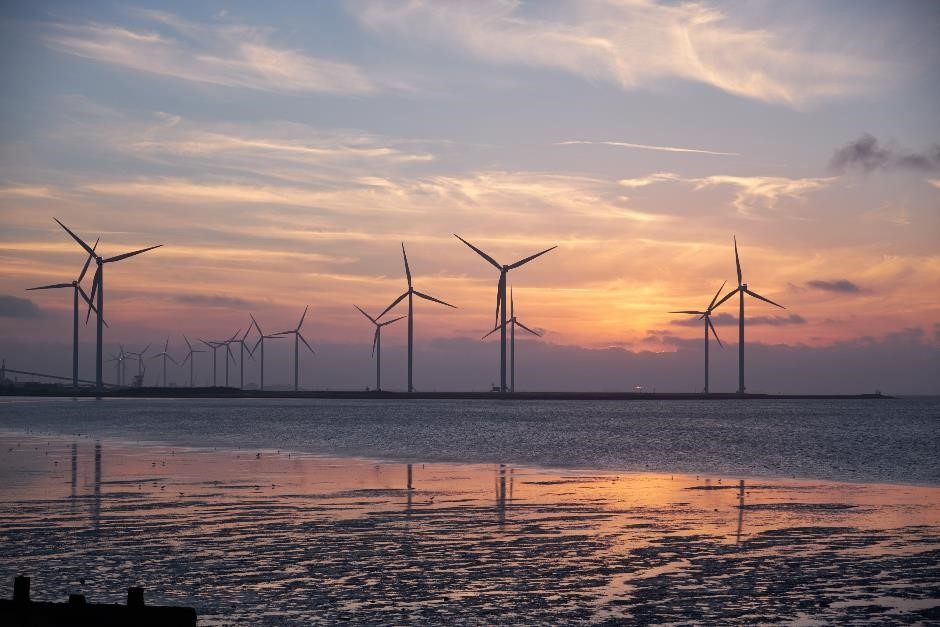
Future Role:
Wind generation has grown steadily over recent decades. Turbine output is though variable. When wind speeds are high they can be enormous efficient, but when winds are low, power grids must be balanced by alternative solutions.
Solar
How it Works:
Solar most commonly involves photovoltaic cells (i.e. solar panels), where silicon is utilised to absorb sunlight and produce electricity. Alternatively, heat from sunlight can be utilised through thermal collectors (commonly called solar thermal).
Cells or collectors are normally placed on rooftops or in open spaces to maximise sunlight exposure.

Future Role:
Solar is the most recognisable green energy source to most, with use having been expanding rapidly for many years globally. This has in turn driven costs down to a far more cost-effective rate. Lower costs are increasing potential for large-scale installations, both on rooftop and on an industrial scale as ‘solar farms’.
Combining solar with battery storage is increasing, enabling this energy source to function outside of daily hours. This is enhancing the role of solar to support future balancing of electrical grids.
Hydro Power
How it Works:
Dams capture flowing water and release it through turbines to generate electricity. As the release of captured water can be carefully controlled, hydropower plants offer a stable power source, able to store energy and release it when demand rises.
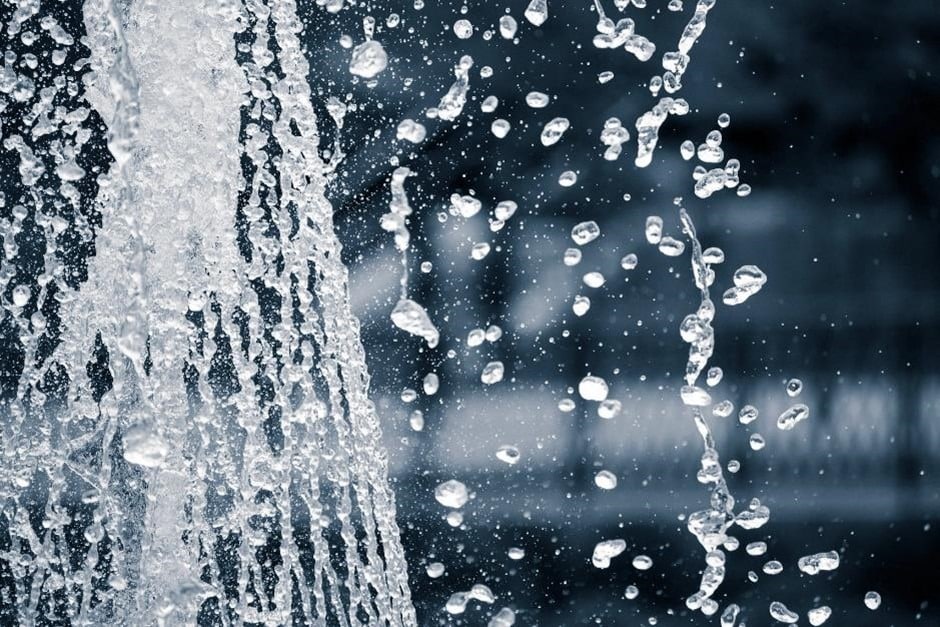
Future Role:
Future expansion is limited by geography. Flowing water sources are needed, but interfering with nature flow has consequences. Of hydro dams that have been built, many result in environmental damage during construction and, in some cases, the loss of human settlements.
Future focus is likely to be on optimizing existing plants and managing environmental impact.
Geothermal
How it Works:
Heat from the Earth’s core is harnessed to generate electricity or directly for heating/cooling. This is commonly achieved by pumping water deep underground, where its temperature rises. The heated water can then be used once it returns to the surface, heating buildings, or to generate electricity.

Future Role:
Bigger and better is the horizon for geothermal. Technology advancements, both in respect of surveying quality and geothermal systems themselves, can potentially unlock wider applicability.
Additionally, there is potential for developing nations to harness untapped geothermal resources, though initial costs may prove challenging.
Nuclear
How it Works:
Nuclear plants today utilise fission, where a managed chain reaction releases energy from splitting atoms to boil water and generate steam for turbines. This form of energy production provides a fantastic baseload for underpinning energy grids due to its consist, high capacity, reliability.
The dream of many a nuclear scientist is to achieve the alternative method of fusion. This combines atoms rather than splits them, but has not be achieved at anywhere near commercial scale.
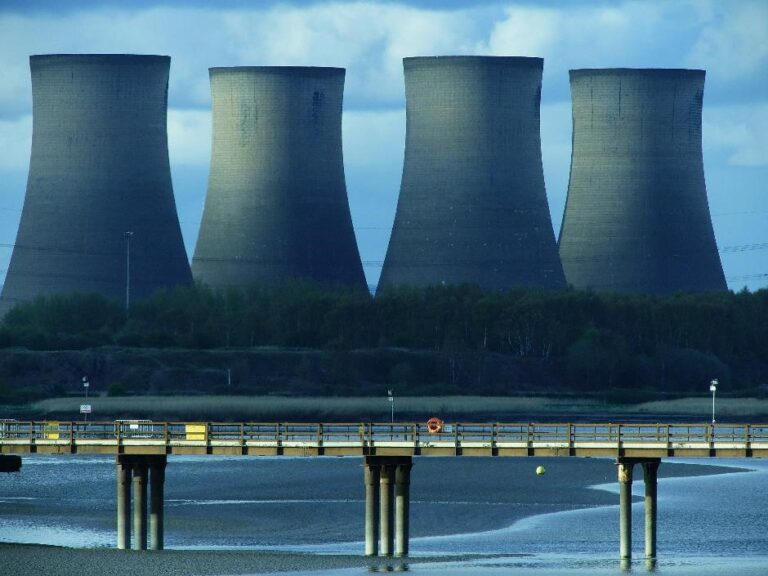
Future Role:
Nuclear fission power will continue to be controversial due to waste and safety concerns. Some argue these concerns should exclude it from being considered a green energy source.
However, it remains a key component of Net Zero strategies for several nations to ensure a steady baseload of energy production. Advanced reactor technologies may help address these issues and see renewed interest.
If commercial scale fusion could be achieved this would be a game changer. It overcomes much of the waste concerns and is more productive. No doubt though that safety concerns from some would remain.
Biomethane:
How it Works:
Biomethane is produced through a process of breaking down organic waste, known as anaerobic digestion. This process essentially utilises natural processes, sped up under artificially produced high temperatures.
By controlling the process we can make use of the by-product for human needs, and make better use of surplus/waste crops.

Future Role:
Biomethane has a growing potential for managing waste and reducing gas dependence. It does though face notable challenges to coordinate large-scale movement of waste materials for fuel and production capability.
Expect it to be a more established supporting energy form in the future, rather than a primary source.
Hydrogen:
How it works
Hydrogen is not strictly speaking an energy source itself. It is a fuel produced using a primary energy source, with the Hydrogen fuel then serving as a way to deliver the energy for use. Green hydrogen is the clean form, produced using renewable energy rather than fossil fuels.
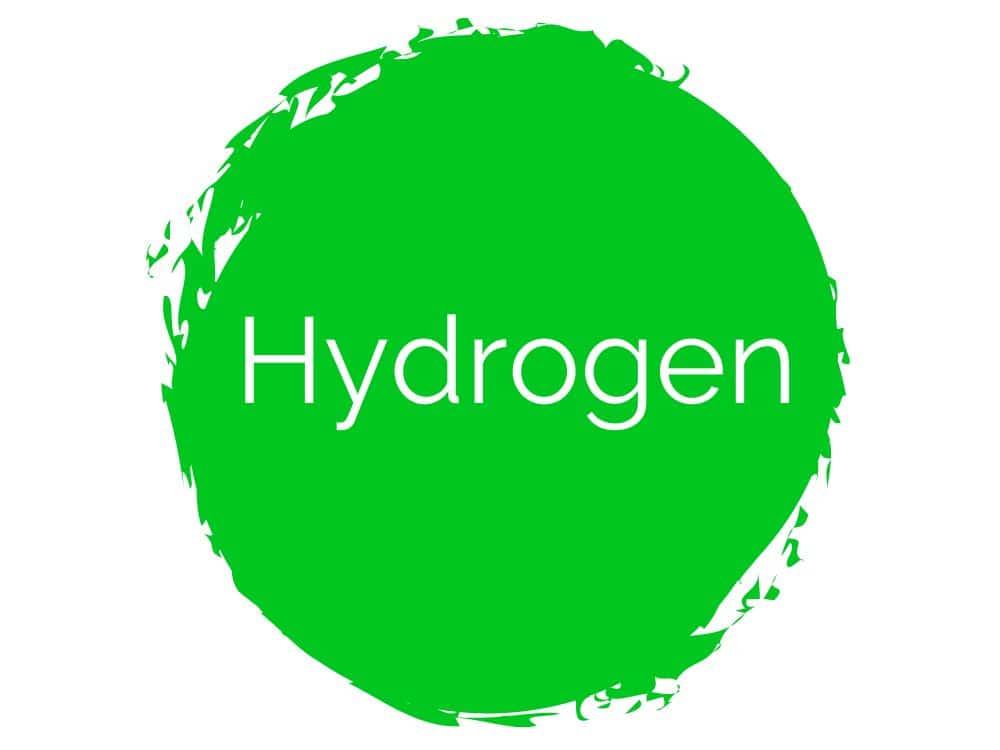
Future Role:
Hydrogen development is targeted for use fuelling HGVs and energy intensive industrial processes. Decarbonising these activities is very challenging and not currently suited to electrification.
Hydrogen is a potential bridge as it holds a high energy density and avoids harmful emissions when used (only water vapour is released). Expect advances in production efficiency and the scale of infrastructure development to advance hydrogen use over coming decades.
Contributing to a Clean Energy Grid
The optimal green energy mix for the future will involve a combination of the sources outlined above. Exact mixes used must be adapted to specific regional needs and technological advancements.

Such mixes can function in a complex and dynamic way, with each green source playing a different role.
Electricity supply mix
Sources like hydropower, geothermal and nuclear provide steady, continuous electricity. This makes them predictable and therefore idea for meeting the basic daily demand, day or night, know as the baseload.
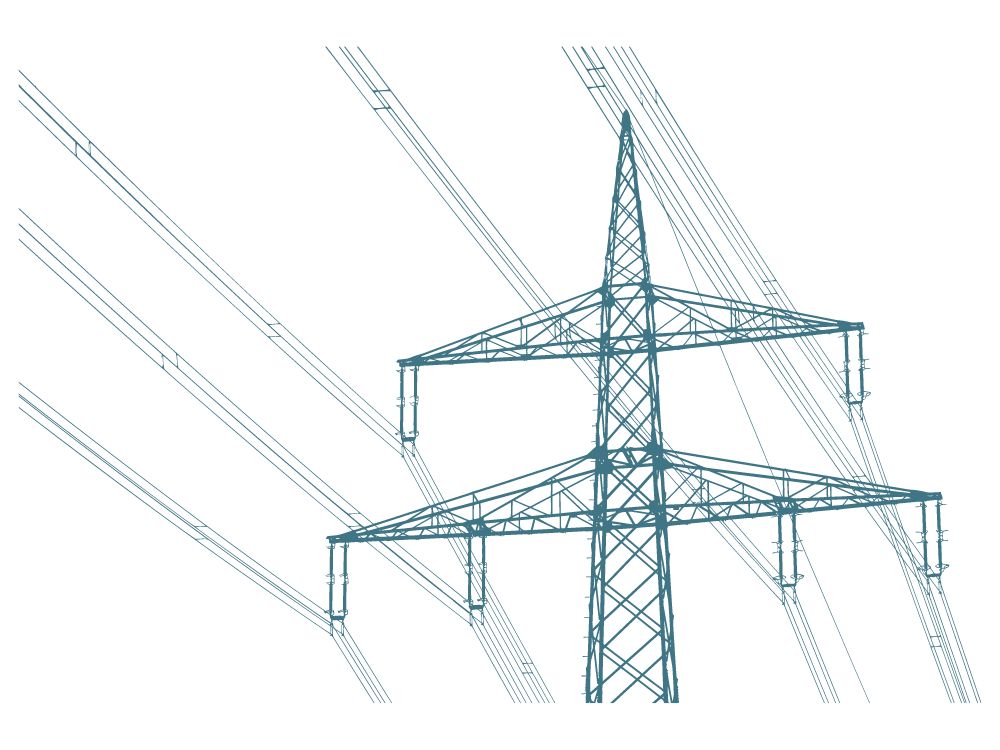
Solar and wind electricity output on the other hand, can fluctuate extensively, varying by weather, climate and seasonal patterns. Enabling them to support our base electricity demand therefore requires:

Gas and Liquid Demand
Reducing fossil fuel emissions from activities dependant on natural gas and other liquid fuels is challenging. This is because there is a greater level of infrastructural change needed.
Many uses are currently moving towards electrification, whereby they can source energy through developing green electricity mixes. Examples include moving vehicles to EVs and switching household heating from gas to electric systems.
Making this switch to electrification is though not simple, or even viable, from some uses. In transport, electric HGVs are not yet commercially viable, whilst some homes are particularly costly to switch to electric systems such as heat pump use.

It is in niche application such as this, where biomethane and hydrogen, use are suited for key future roles.
Biomethane for example can be injected into existing natural gas grids. This provides a flexible source for meeting high demand periods whilst limiting the use of fossil fuel derived gas.
A Note on Natural Gas
It should also be noted that on the route to net zero, natural gas is continuing to be used strategically in many nations where alternative green sources remain challenging. This is done in the form of carbon substitution, whereby gas is used to replace dirtier fossil fuel sources such as coal. In time, these strategies then propose transition from the substitute gas to greener alternatives.

A Sustainable & Sensible Future
Building a robust and reliable renewable energy mix requires careful planning, infrastructure development, and technological advancements. It is far from an easy task, but is most certainly the sensible future direction to take.
If this can be achieved then a far cleaner and more sustainable energy supply is the prize. A prize that will serve us and the environment well for decades to come.

